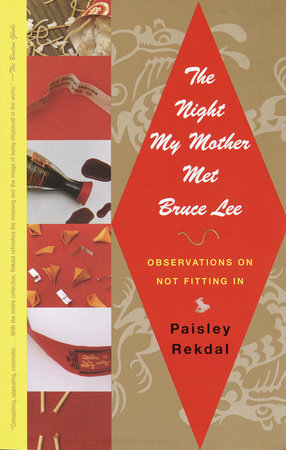We Are a People: Narrative and Multiplicity in Constructing Ethnic IdentityPosted in Anthologies, Anthropology, Asian Diaspora, Books, Brazil, Identity Development/Psychology, Media Archive, Social Science on 2010-10-05 01:54Z by Steven |
We Are a People: Narrative and Multiplicity in Constructing Ethnic Identity
Temple University Press
January 2000
304 pages
7×10
5 tables 5 figures
Paper EAN: 978-1-56639-723-0; ISBN: 1-56639-723-5
edited by Paul Spickard, Professor of History
University of California, Santa Barbara
and W. Jeffrey Burroughs, Dean of Math and Sciences and Professor of Psychology
Brigham Young University, Hawaii
As the twentieth century closes, ethnicity stands out as a powerful force for binding people together in a sense of shared origins and worldview. But this emphasis on a people’s uniqueness can also develop into a distorted rationale for insularity, inter-ethnic animosity, or, as we have seen in this century, armed conflict. Ethnic identity clearly holds very real consequences for individuals and peoples, yet there is not much agreement on what exactly it is or how it is formed.
The growing recognition that ethnicity is not fixed and inherent, but elastic and constructed, fuels the essays in this collection. Regarding identity as a dynamic, on-going, formative and transformative process, We Are a People considers narrative—the creation and maintenance of a common story—as the keystone in building a sense of peoplehood. Myths of origin, triumph over adversity, migration, and so forth, chart a group’s history, while continual additions to the larger narrative stress moving into the future as a people.
Still, there is more to our stories as individuals and groups. Most of us are aware that we take on different roles and project different aspects of ourselves depending on the situation. Some individuals who have inherited multiple group affiliations from their families view themselves not as this or that but all at once. So too with ethnic groups. The so-called hyphenated Americans are not the only people in the world to recognize or embrace their plurality. This relatively recent acknowledgment of multiplicity has potentially wide implications, destabilizing the limited (and limiting) categories inscribed in, for example, public policy and discourse on race relations.
We Are a People is a path-breaking volume, boldly illustrating how ethnic identity works in the real world.
Table of Contents
Acknowledgments
1. We are a People – Paul Spickard and W. Jeffrey Burroughs
Part I: The Indeterminacy of Ethnic Categories: The Problem and A Solution
2. Multiple Ethnicities and Identity Choices in the United States – Mary C. Waters
3. That’s the Story of Our Life – Stephen Cornell
Part II: Construction of Ethnic Narratives: Migrant Ethnicities
4. Black Immigrants in the United States – Violet M. Johnson
5. The Children of Samoan Migrants in New Zealand – Cluny Macpherson and La’avasa Macpherson
Part III: Ethnicities of Dominated Indigenous Peoples
6. Narrating to the Center of Power in the Marshall Islands – Phillip H. McArthur
7. Discovered Identities and American-Indian Supratribalism – Stephen Cornell
8. Racialist Responses to Black Athletic Achievement – Patrick B. Miller
9. I’m Not a Chileno! Rapa Nui Identity – Max E. Stanton and Andrés Edmunds P.
Part IV: Emerging Multiethnic Narratives
10. Multiracial Identity in Brazil and the U.S. – G. Reginald Daniel
11. Mixed Laughter – Darby Li Po Price
12. Punjabi Mexican American Experiences of Multiethnicity – Darby Li Po Price
Part V: Theoretical Reflections
13. Rethinking Racial Identity Development – Maria P. P. Root
14. The Continuing Significance of Race – Lori Pierce
15. What Are the Functions of Ethnic Identity? – Cookie White Stephan and Walter G. Stephan
16. Ethnicity, Multiplicity, and Narrative – W. Jeffrey Burroughs and Paul Spickard
Read an excerpt of chapter 1 here.




